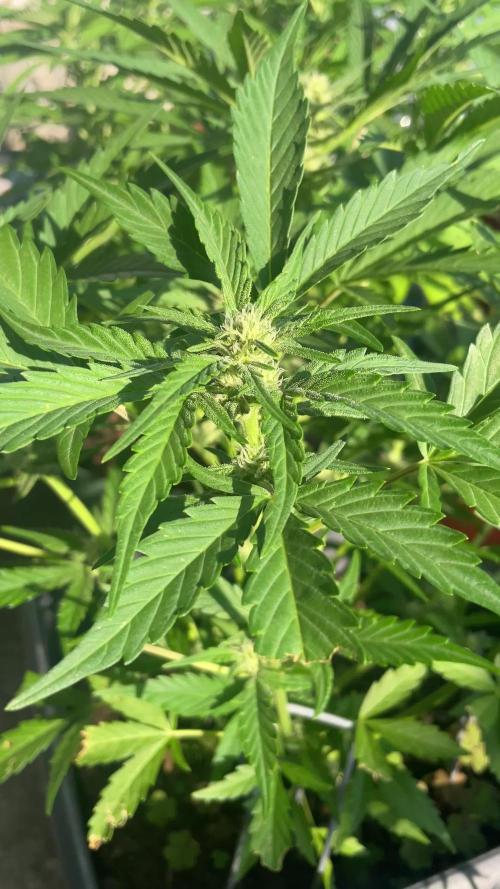The Grow Awards 2026 🏆 

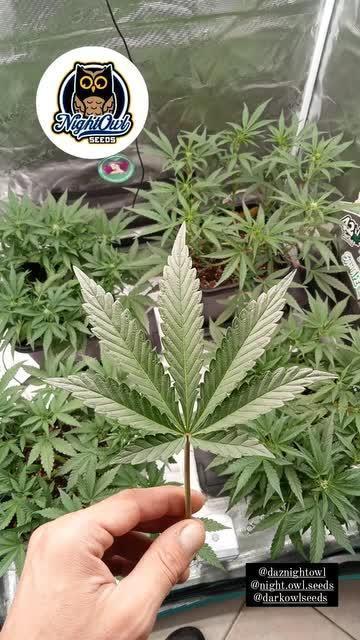
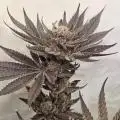






















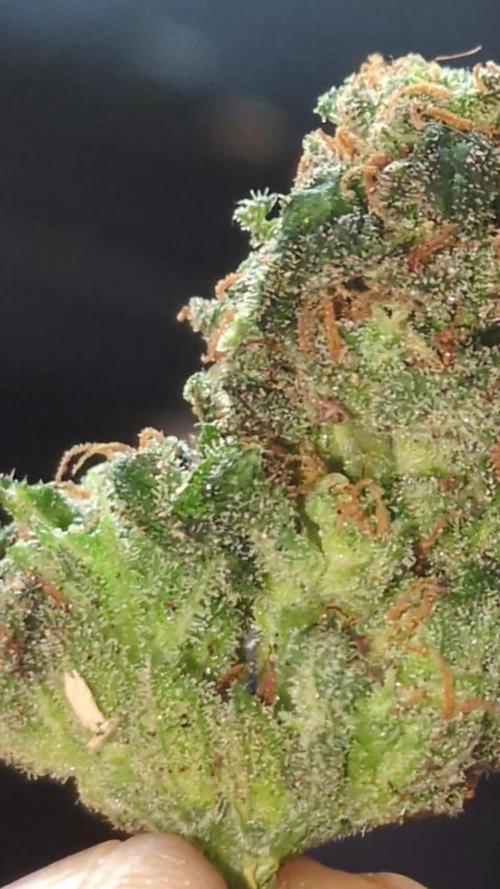
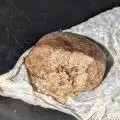






Likes
Comments
Share


@OHighOBoyz
Follow
Plant is showing tremendous growth even after the stem partially breaking from the LST clip, But plant hasn’t yellowed or wilted and continues to grow so it’s still pulling nutrients fine.
Likes
Comments
Share


@youdan
Follow
Ho praticato il lollipopping per cercare di traferire le energia solo in alcune parti e sembra andare benissimo. la prossima settimana pubblichero delle foto pazzesche sicuramente.
Likes
14
Share


@VB_Grows
Follow
Hi everyone!
The plants are going nicely. All of them were topped on Day 14. Started giving 2ml of Advanced Nutrients Grow, Micro, Bloom - They took it very well.
Amnesia Haze - I'm going to mainline this plant with 2 branches only
Apricot - Got stretched more than other plants, so I started doing LST on Day 16.
Other plants - I'm going to mainline and test with 4 and 6 branches. For now, Im gonna let the branches grow a bit to maintain even canopy.
Temp doesn't go up more than 27-28 which is perfect at day and at night, goes down at 21 around.
Humidity day 55%, night 75%.
Happy growing!
-----
UPDATE Day 18
- Did some adjustments on the LST on day 17 and day 18.
had a surprise guest in one of the pots but now we are good (the video) 👽
Likes
12
Share


@Bread_n_Buds
Follow
The purple Urkle had a great start, the plant was born well despite the cold and is doing better and better since she is taking the fertilizers. For now I have put the fertilizer to root and some special enzymes that transform the residues of previous plants into nourishment....perfect I would say to renew the soil as best as possible.
Never stop at the first good results guys, always improving is fuel for the next day, to keep the passion alive and have results.
Growing Projects ----- I will follow this procedure, it has given birth to a plant before that will be worked with topping x16 buds and various LST and I have just germinated the second plant that will be born about 13 days after the first and will go straight to the conclusion with the main cola. I must tell you in the past I was a maniac of the topping, then I felt nostalgic for the main cola. It is always a major sacrifice to give up the Main Cola. To avoid depression and to give a better vision to our super trusted breeder, home breeder and Zamnesia heart breeder we make a plant in topping and a straight one preserving the main cola. Those videos with the rotating Main COla were liked and we produce the best Maincola of the situation-
The first week went only with Power Roots 1 Ml/l and Pure Zym 1ml/l from now on we start with ALga Grow. The plants were transplanted shortly after germination because the biodegradable pots were very small. The soil is Plagron Pro Mix 100% organic renewed with 30% new soil and 20% Perlite added. (Pro mix don't have perlite but is airy we added anyway)
Plagron fertilizers are available on Zamnesia in convenient Pack formats for all growing styles. I used this with a simple search you can find the other products.
---- https://www.zamnesia.io/en/12119-plagron-top-grow-box-100-natural.html
Try a seed of this strain that drives us crazy...
---- https://www.zamnesia.io/en/11168-zamnesia-seeds-purple-urkle.html
Zamnesia Description // / A direct descendant of a Mendocino Purps phenotype, Purple Urkle is a high-performance cultivar from Zamnesia Seeds. This feminized, indica-dominant strain is sure to win over any cannabis grower. With a THC content of 20%, Purple Urkle has a lot to offer from seed to harvest and beyond. A grape-flavored adventure, Suitable for indoors, outdoors or in the greenhouse, Purple Urkle is a very resilient strain. Growers will be impressed by how easy this cultivar can be managed. Purple Urkle can reach 120cm indoors and 160cm outdoors, but if you want more control over the height you can use the LST technique.
Purple Urkle has fantastic flavors and aromas that intensify during the flowering phase. Regardless of the method of consumption, Purple Urkle offers tangy, fruity flavors that lean towards notes of grapes, berries and plums. The effects of this strain are soothing and relaxing, with uplifting sensations that make the experience suitable for any occasion, whether in a social setting or alone.
Growbox and Air System - Secret Jardin DS120w + fans + Exhaust fans and filters DF16 kit ---- https://www.secretjardin.com
All the best that mother nature can offer is on ----www.zamnesia.com
Call for collabo: I am available for collaborations with companies of Lights and various equipment for growing (No Seeds and Nuts company please) I would like to renovate my 120x120 space that has slightly obsolete lights, and I would like to try some controllers. If you have proposals available.
Likes
11
Share


@TgOgFaRms
Follow
16 days to go looking abit longer to me going to start bombing them with Bud Factor X in 2 / 4 days il start giving them overRide To fatten them up Gvae abit of call Mag Xtra have some yellowing leaves at the bottom not sure if they need some more nitrogen Set the Duct Fans on full setting got the room at 18 / 21c started to some Purpling Smell Is Intensifying everyday cant wait to smoke these babes 👌👌
Processing
Likes
4
Share


@Ageddd
Follow
Switching to full flower nutrients, she loved the transplant, starting with half the recommended doses, growing some hairs so its te perfect moment to apply some Big One 1ml/l + TopBloom 2ml/l twice a week, to boost hairs growing and to create more bud spots.
She really is turning in to a little bush i really like the structure ^^
Likes
12
Share


@BudMunchies
Follow
09/03: They are doing fine, I currently have them in the same tent as my other grow, and will be moving them to my 2x4 in the next couple of days.
Ill be running these with a new nutrient stack that i am not yet familiar with, and will follow the feeding chart, adjusting as needed.
One of these is still a little runt and has not grown much height at all. It will likely just stay in that small cup all the way through flower, assuming that i even let it finish at all. I had only planned to take one of them to flower anyway.
09/08: Today i decided to get in an early topping. I am going to transplant her to a final autopot in a couple of days and wanted to get this stress out of the way. She is looking a little irritated as is. She is in the 2x4 now and i am not able to maintain higher than 55% humidity in this tent using a cheap humidifier. Probably would be worth grabbing a better one for this tent. But she will be in flower in a couple of weeks and then the lower humidity will not be a problem, so i think ill just roll with it.
Likes
25
Share


@MadeInGermany
Follow
Day 5
since time change
to 12/12.
Hey everyone ☺️.
Finally the time has come :-)
The lady moved into the flower tent on January 6th, 2021 😁.
The day before, of course, a cutting was taken 👍.
In the flowering tent, the distance between the plant and the lamp is 40 cm so that she can get used to the strength of the lamp. After 3-5 days I go down to 30 cm.
This week it was watered twice with 1 l per plant. GHSC enhancers were added to one wash :-).
Flower fertilizer will only be added in 12-16 days as soon as the first blossoms are there :-).
Otherwise the tent was completely cleaned and the humidifier refilled. For the next few days I have filled fresh osmosis water in canisters again :-).
Next week I will remove the bottom shoots so that the energy doesn't end up going into small popcorn buds 😉.
There is nothing more to report this week and I wish you all a lot of fun with the update 😀.
Stay healthy and let it grow 🙏🏻🍀
You can buy this Strain at :
www.Zamnesia.com
Type:
Purple Punch
☝️🏼
Genetics:
Granddaddy Purple x Larry OG
👍
Vega lamp:
2 x Todogrow Led
Quantum Board 100 W
💡
Bloom Lamp :
2 x Todogrow Led
Cxb 3590 COB 3500 K 205W
💡💡☝️🏼
Soil :
Canna Coco Professional +
☝️🏼
Fertilizer:
Green House Powder Feeding
☝️🏼🌱
Water:
Osmosis water mixed with normal water (24 hours stale that the chlorine evaporates) to 0.2 EC. Add Cal / Mag to 0.4 Ec Ph with Organic Ph - to 5.5 - 5.8 .
Likes
6
Share


@TrapnTrade
Follow
So 4/5 weeks into these auto babies 👶 straight into flowering no veg then we gonna go for a crazy light switch from 7th week till finish with 10/14 darkness and see how the girls finish up after flushing.
Likes
51
Share


@eldruida_lamota
Follow
Como estáis familia, yo estoy bien entre buenos humos , actualizo siguiente semana de cookies gelato, un gran híbrido y es que esta variedad de royalqueenseeds ya recibieron su lavado de raíces y comenzaremos con estrés hídrico.
Las proximas semanas solo regaremos con agua con Ph regulado entre 5,9 y 6,1 , y en cada riego reduciré la cantidad de agua. Lo denominado estrés hídrico.
.
La humedad esta al 45% la temperatura está entre 21/25 grados , y como siempre el ph , ya que es de lo más importante,está en 5,8/6,0.
.
Ya retire todos los abonos de la marca AgroBeta.
.
Hasta aquí todo familia 🕸️ , un saludo y buenos humos fumetillas💨💨💨.
Likes
14
Share


@Amboss
Follow
Sie trinken fleißig und Blätter verfärben sich langsam … geht dem Ende zu
Werde danach nochmal einen Run starten mit 6 Cookies oder Skittelz, also nur 1 Sorte.
Ich hab mehr als genügend Fehler bei diesem Grow gemacht …umso mehr davon gelernt und werde es beim 2ten Lauf versuchen alles fehlerfrei zu wiederh
Likes
86
Share


@Hawkbo
Follow
They got moved into the 4x4 with the jimmy rigged 180w quantum board light built from ceiling tile grid. The tnb co2 is newish but I gotta get the heat up and bring in a more powerful light to take full advantage.
Likes
13
Share


@ChitownCannaChica
Follow
Harvesting in a few days! She’s ready! Purple Punch is more like pinesol! Very earthy piney aroma—- guess it’s perfect for Christmas!
Considering this is a solo grow, I’m very happy with the bud quality! Must be that dynomyco! ✌️💚🌿💨
Likes
2
Share


@Guerrilla_grower777
Follow
1/09/2025 19:45
Finally days with optimal climate, only half day cloudy with a little bit of rain
Coco fresh Is the only one who seems to attract animals,i think Is a fox
Everything looking fine with the others,smell Is now really strong, we are almost at the end
Se#1 gorilla z Is putting on some weight,colors are changing and the smell is becoming something loud,complex
Buds not looking the best in density but covered in trichomes so heavier than they look
#2 frostbanger better bud formation than any other autoflowering i growed ,even the bottom pop corn nugs are frosty so i cut a liittle sample
Smell Is super sweet,strong lemon scent
#3 Coco Milk not flowering yet but the plant looks amazing
Not much to say Is coming through very well,hope we will see pistils next time
#4 Coco fresh fighting to survive,another time i found the pot touched and soil dug
Not looking good but still growing so it's ok
Apricot not looking good too,It will be low yield
Buds will be 100% purple,at least aesthetically will become something different from the others
#5 Some samples ,first one frostbanger smelling loud,second gorilla z not the best but they are crappy pop corn nugs
Checked the trichomes gorilla z have some milky ones and barely any amber It has to go at least 1 week
Frostbanger barely any milk and not one amber at all,for a pop corn nug It Is pretty dense
Likes
9
Share


@StartGrowingShxt
Follow
Week 10
November 11
- Looking good need to up the calmag as the leaves are looking weird again like in early veg
-Will be defoliating at 21 days of flower so bout the end of this week
-flowers and bud site are looking good and flowers are forming well
- had one clone survive outta four but it’s all good at least one survived
-Will good a good top and bottom watering later this week
Likes
3
Share


@macrocefalo
Follow
We finally arrived at the flowering of the 5 plants. # B3 presents some type of blockage, which is still very early in flowering. Despite the tragic accident with # B5 the buds' formation is going very well she still showed signs of phosphorus deficiency despite using both FloraBloom and Liquid KoolBloom in the next irrigation I will try to leave the PH in 6.4 since as I researched the phosphorus is better absorbed with soil pH between 6.2 and 6.7. The other plants are doing well and do not have the same deficiencies. This week I released the LST and applied defoliation on some leaves to favor the light on the apical buds where buds are forming. Updating with 55 days # B3 already has some white pistils but the buds did not start to form. I begin to think that it is a photoperiod.
Likes
54
Share


@Mr_Horse
Follow
To preface this grow. This is my second run ever and my first run on Coco DWC using autopot system.
My first run I ran a basic amended soil with no real target for soil ph set. Just simply organic compost and about 12% castings. I ran full manufacturer's dosing recommendations on city tap with high tds to start with. I had some serious nute issues late veg early flower. I suspect the issue was compounded due to ph swing, high ec, over watering and ph rise in soil due to infrequent watering, as well as ph rise in reservoirs from poor aeration and no beneficial microbes.
That all being said I have new targets this run mainly consistenting of monitoring and targeting of PH and EC. I was at a bit of a loss in regard to the ph rise in my resevoir so with some research I have decided to try out TorusHydro perfect ph inline edition for my 25g dwc reservoir. I am running RO water made by my smallboy 150ro by Hydrologic. I have noticed some manufacturers recommend daily water changes for Coco nute solutions. I am going to attempt to do new water as infrequently as I think is acceptable as reflected by total ec in my feed water. I am using week one solution target EC of 0.5-0.7 and PH 5.5-5.7 for germinating. I added some bonus photo's of a homemade grow room I constructed.










